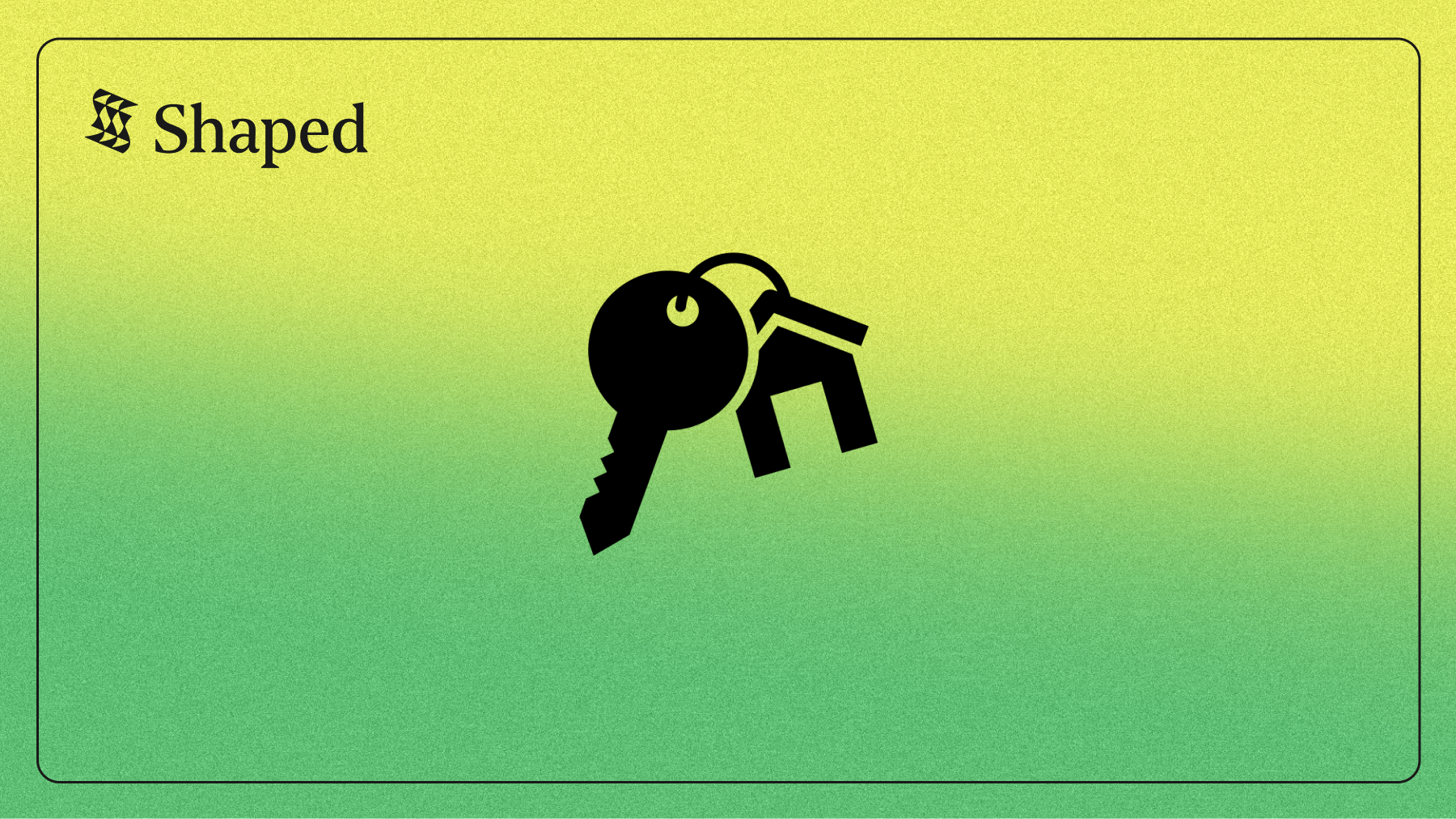For a specific class of platform, the stakes are orders of magnitude higher. You’re not facilitating the sale of a graphic tee; you’re facilitating the largest, most emotionally-charged transaction of a person's life. The entire business is built on abstracting away a world of complexity and replacing it with simplicity, certainty, and above all, trust.
When trust is your core product, every surface in your app is either building it or eroding it. This is especially true for the lists and carousels you present to users. How you rank your assets and information isn't just a discovery feature; it's a direct signal of how well you understand your customer's needs at a critical moment.
After analyzing the user journeys of today's leading real estate platforms, it's clear they are all wrestling with the same three sophisticated ranking problems. While the UIs are clean and the user flows are simple, the underlying logic often presents a massive opportunity for a more dynamic, trust-building experience.
1. The Buyer Discovery Problem: Ranking a Portfolio of Unique Assets
The Current State: A potential buyer visits your site. They see a search bar and a map, and after a search, they get a list of available homes. This list is typically sortable by price, newest, or square footage. It's clean, functional, and familiar.
The Blind Spot: A home isn't a commodity. A user searching for a "3-bed in Austin" has a rich, implicit set of needs. Are they a first-time buyer on a budget? A family optimizing for a specific school district? A remote worker who over-indexes on a home office?
A generic sort forces the user to do the hard work of filtering and scanning, placing the cognitive load on them. It sends a subtle signal: "Here is our inventory. It's up to you to find what you want." For a platform predicated on simplicity, this is a point of friction.
The Opportunity: Imagine a feed that learns from a user's every click, search, and saved home. An engine that understands that this user's interest in homes with large yards means they should see a new listing with a great backyard ranked higher, even if it's slightly older. This is a dynamic ranking problem that adapts the entire portfolio to feel like it was curated for one person.
2. The Seller Confidence Problem: Ranking Comps to Justify an Offer
The Current State: A homeowner receives an offer from your platform. To build trust and justify the price, you present a list of "nearby comparable sales." These are typically pulled via a set of business rules (e.g., sold in the last 90 days, within 1.5 miles, similar square footage).
The Blind Spot: This list, while factually correct, is not optimized for its real job: telling a compelling story. A homeowner knows their property's unique qualities, the brand new kitchen, the recently finished basement. If the comps you show don't reflect that, they can feel arbitrary or, worse, like you're lowballing them. Trust erodes instantly.
The Opportunity: This isn't just about finding comps; it's about ranking them. What if you could rank all potential comps based on their ability to build confidence in this specific offer? A model could learn that for homes with pools, showing other comps with pools (even if they are slightly further away) is more persuasive than a closer comp without one. This transforms a static list into a powerful, trust-building narrative.
3. The Attach Rate Problem: Ranking the "Next Best Action"
The Current State: Your platform offers a suite of valuable ancillary services, financing, title, escrow—to create an integrated, one-stop-shop experience. These are often presented as static banners or as fixed steps in a long-tail user flow.
The Blind Spot: Every user is at a different stage of a very complex journey. A generic banner for "Our Mortgage Services" is noise to someone who is just starting to browse. For someone who just had an offer accepted, it's the most important thing in the world. Presenting the right service at the wrong time is ineffective.
The Opportunity: This is a ranking problem in disguise. At every key moment in the journey, you should be asking: "Of the dozen actions or services I could offer this user, what is the #1 ranked 'next best action' for them right now?" This requires a context-aware engine that can rank potential actions, like applying for a loan, scheduling a final walkthrough, or reviewing documents, and surface the most relevant one.
The Path Forward: A Flexible Ranking API
Solving these three distinct problems with traditional engineering means building three separate, complex, and brittle rule engines. It's the kind of high-effort, long-payback-period initiative that stalls in planning.
This is why we built Shaped. We believe these aren't three problems; they are one problem with three different applications. We provide a single, flexible Ranking API that allows product teams to solve all of them without hiring a dedicated ML team.
- For Buyer Discovery: You send a user ID and a list of available homes; we return the optimal 1:1 ranking.
- For Seller Comps: You send a subject property and a list of potential comps; we return the most persuasive order.
- For Next Best Action: You send a user's context and a list of possible actions; we return the highest-value next step.
Your business isn't about selling t-shirts. The stakes are higher, the transactions are more complex, and your users' need for trust is absolute. It's time your ranking logic reflected that reality. Book a demo today.


.webp)

